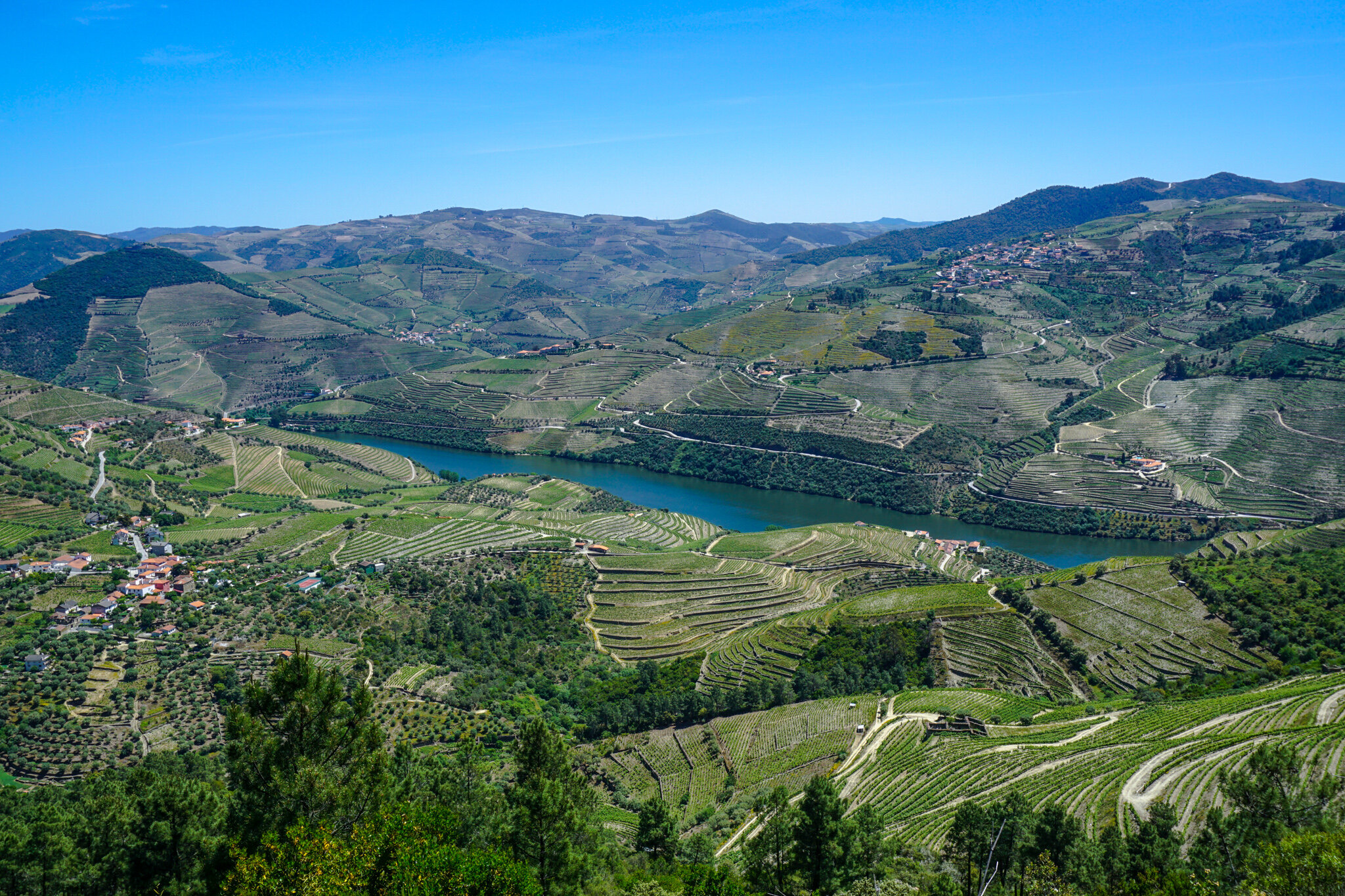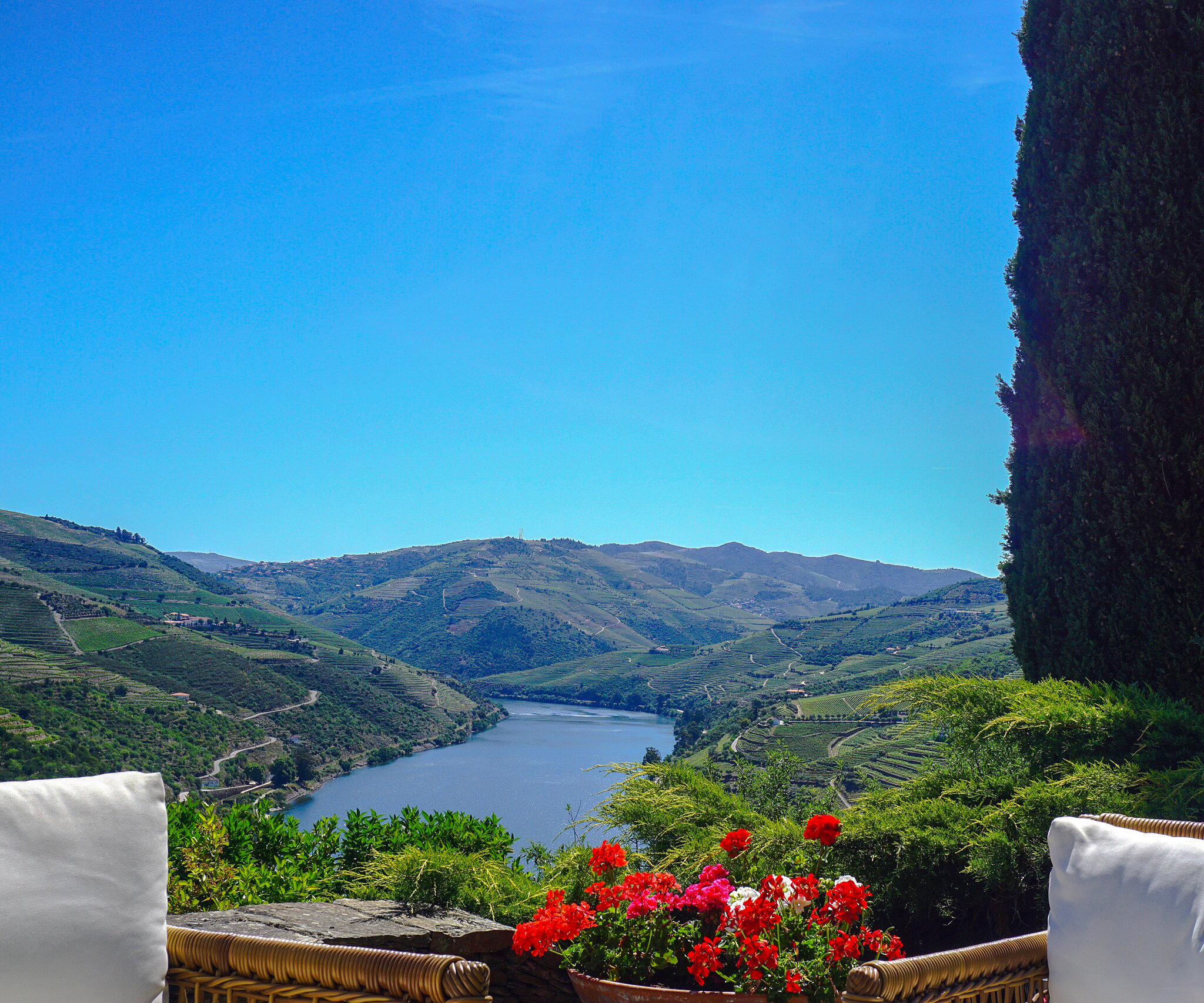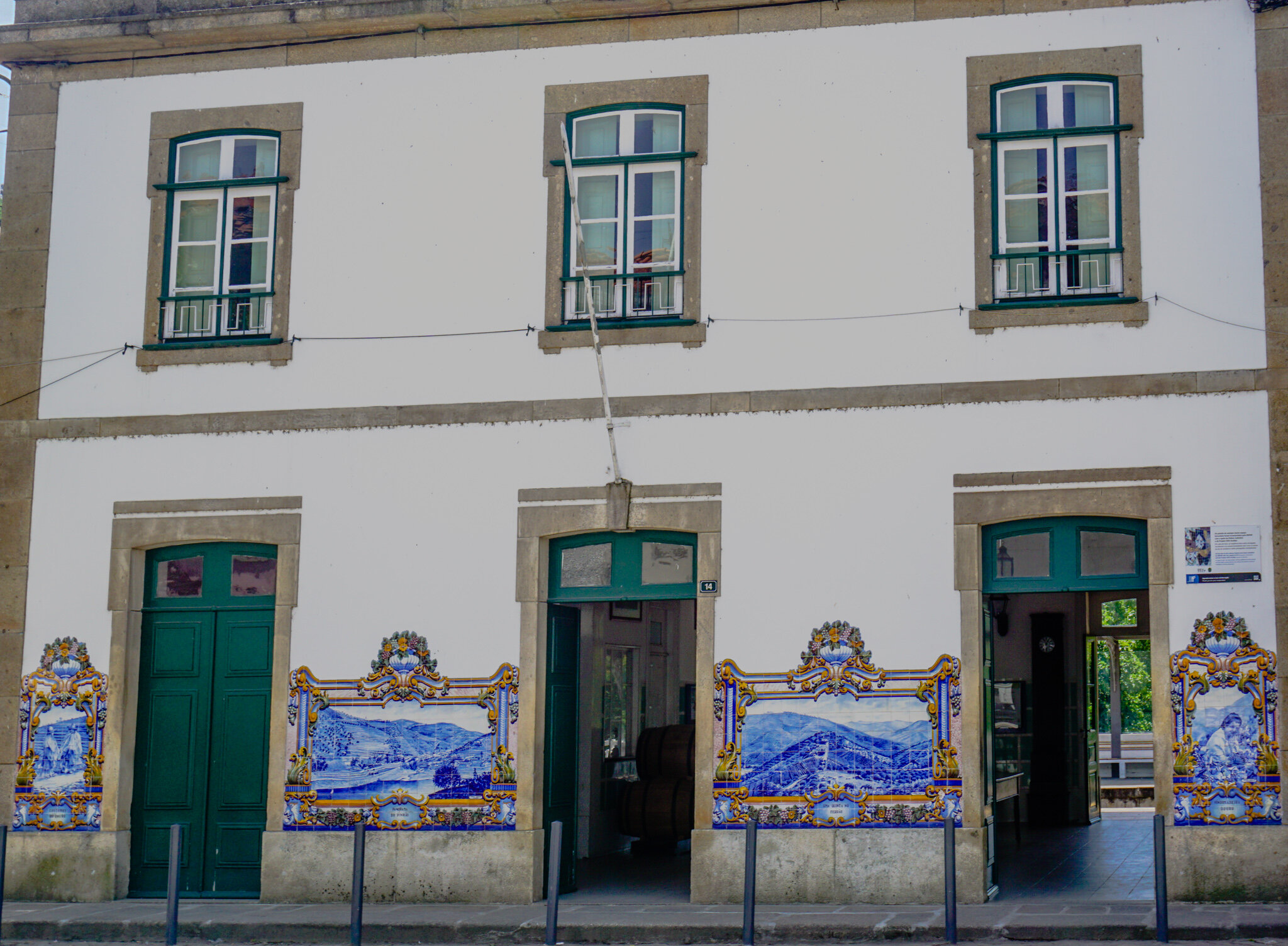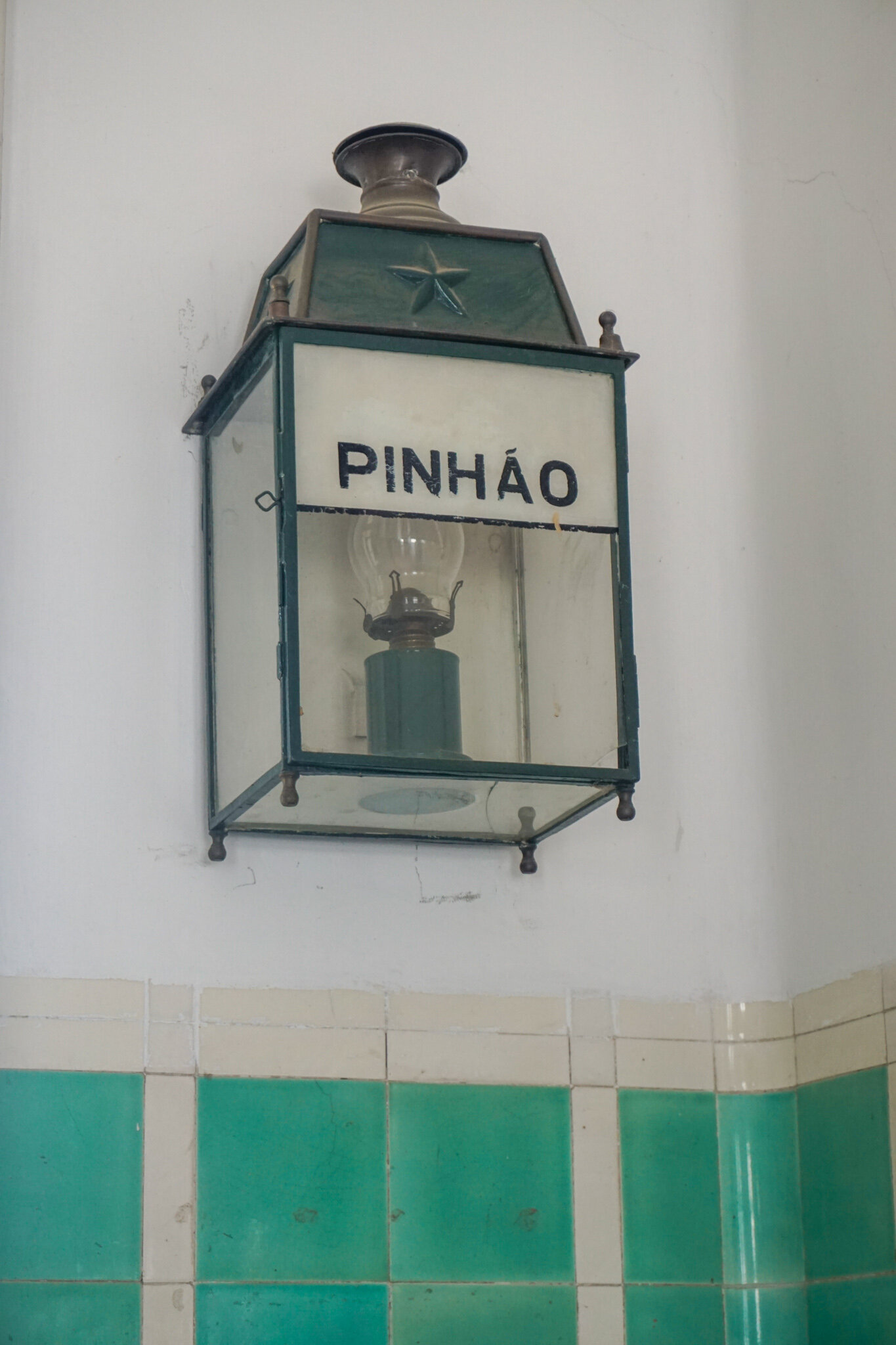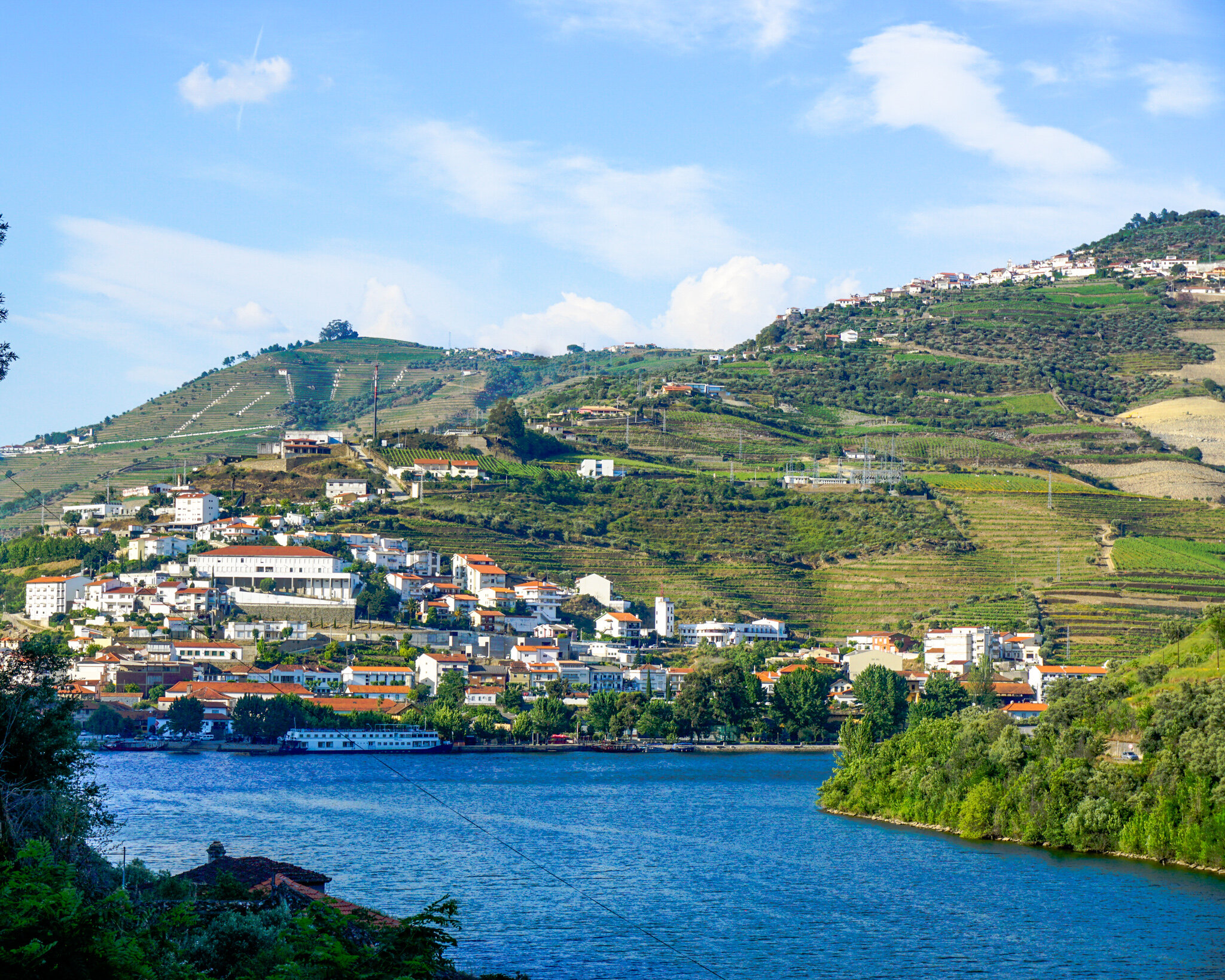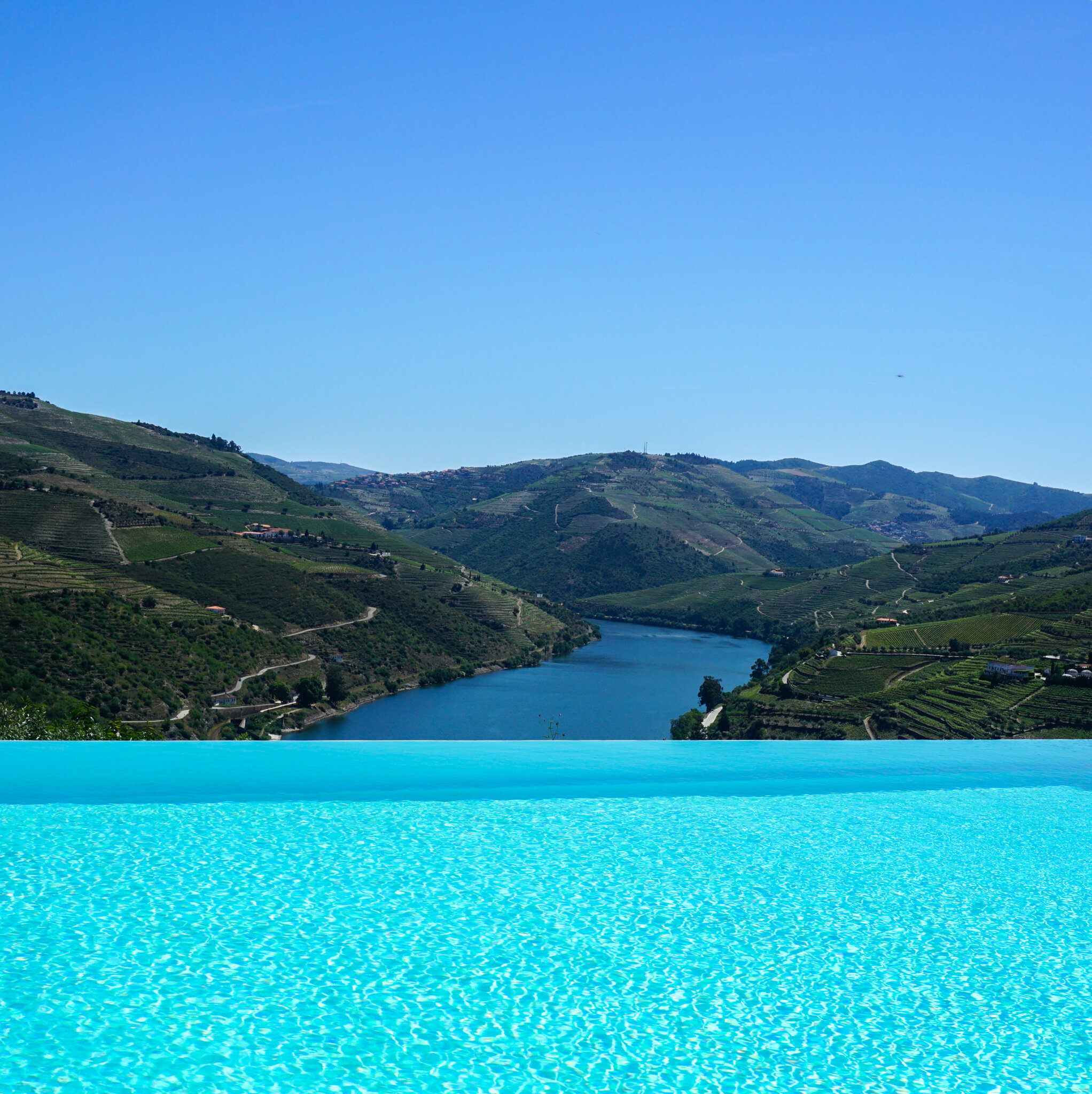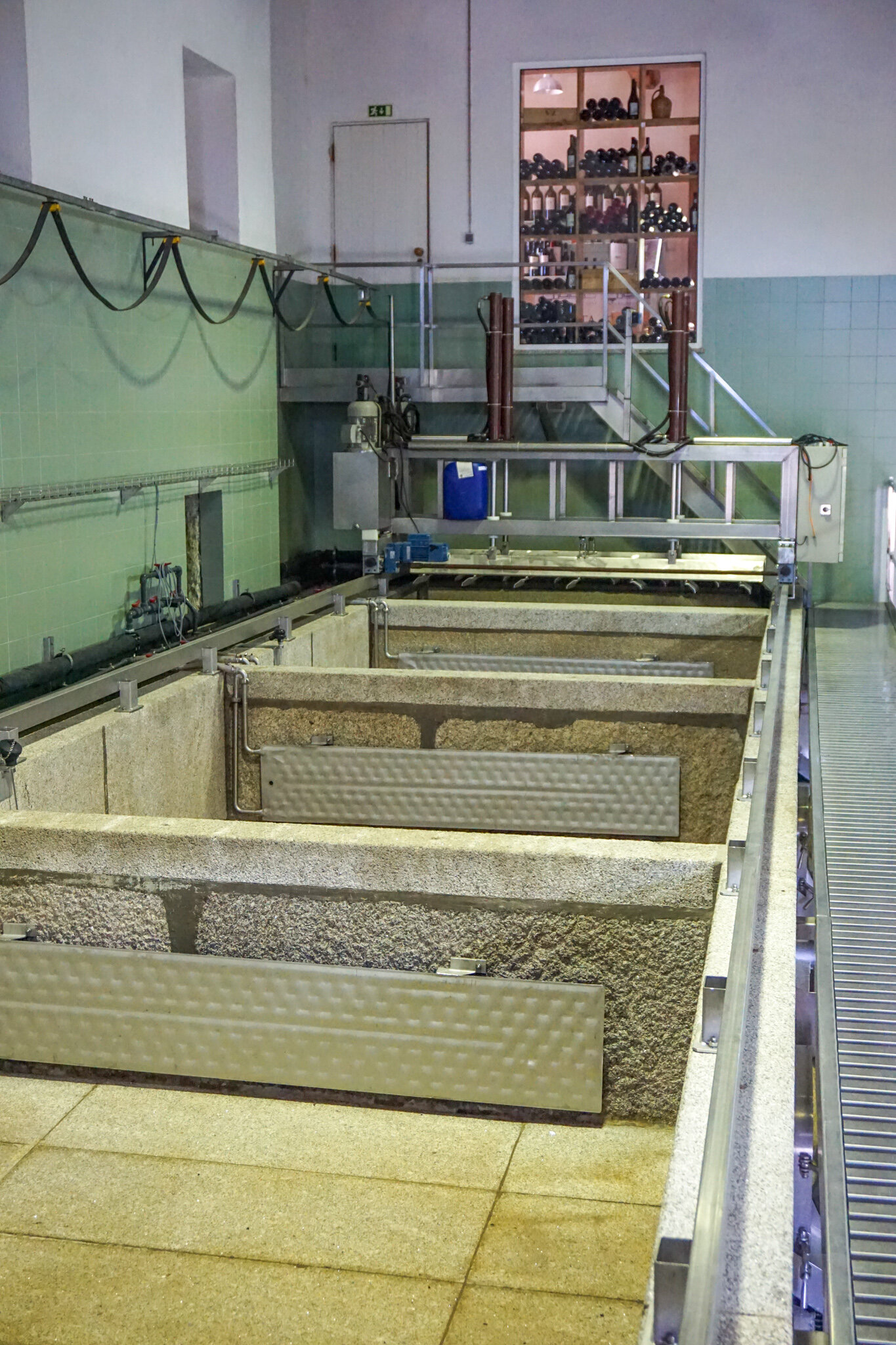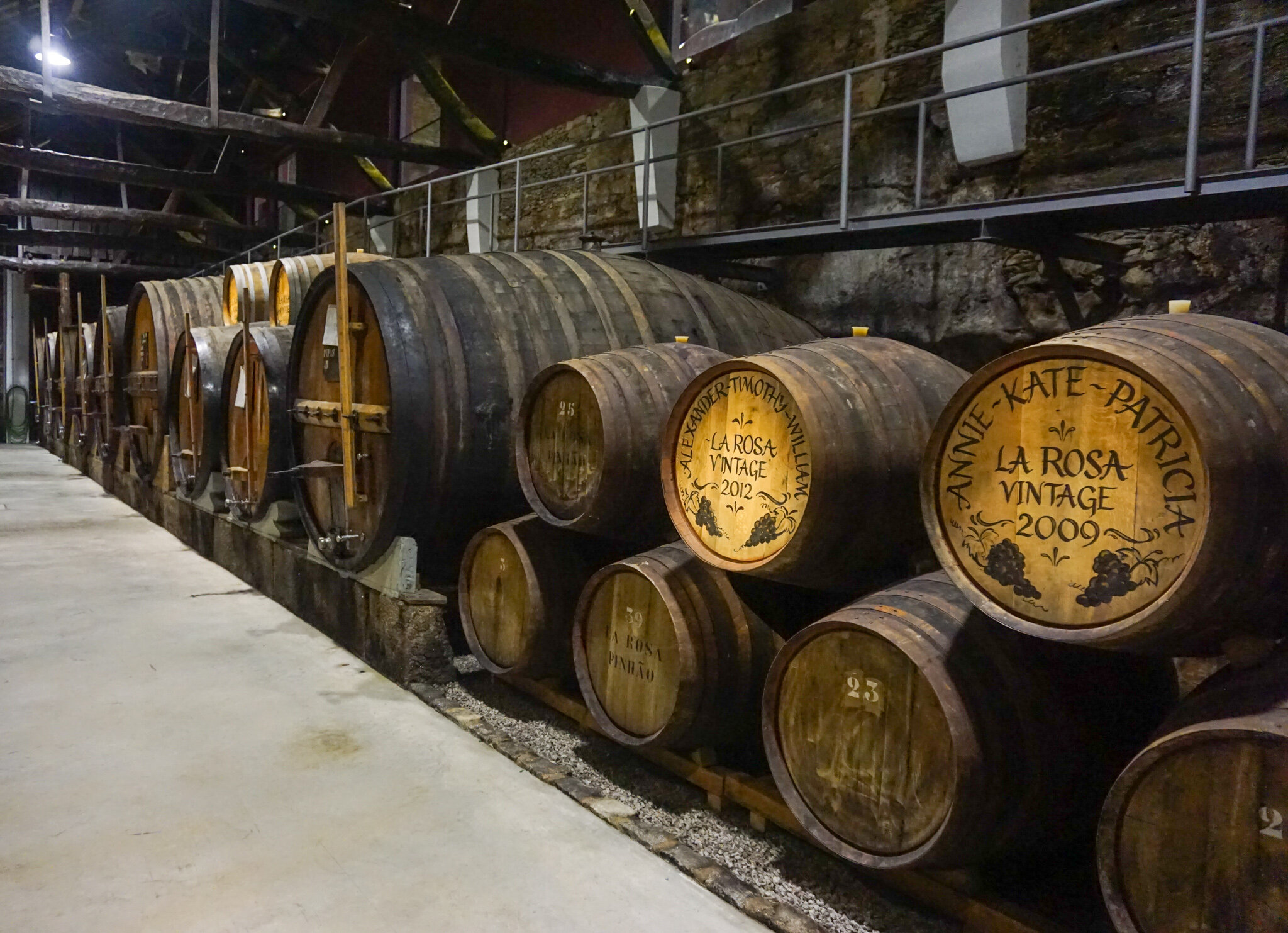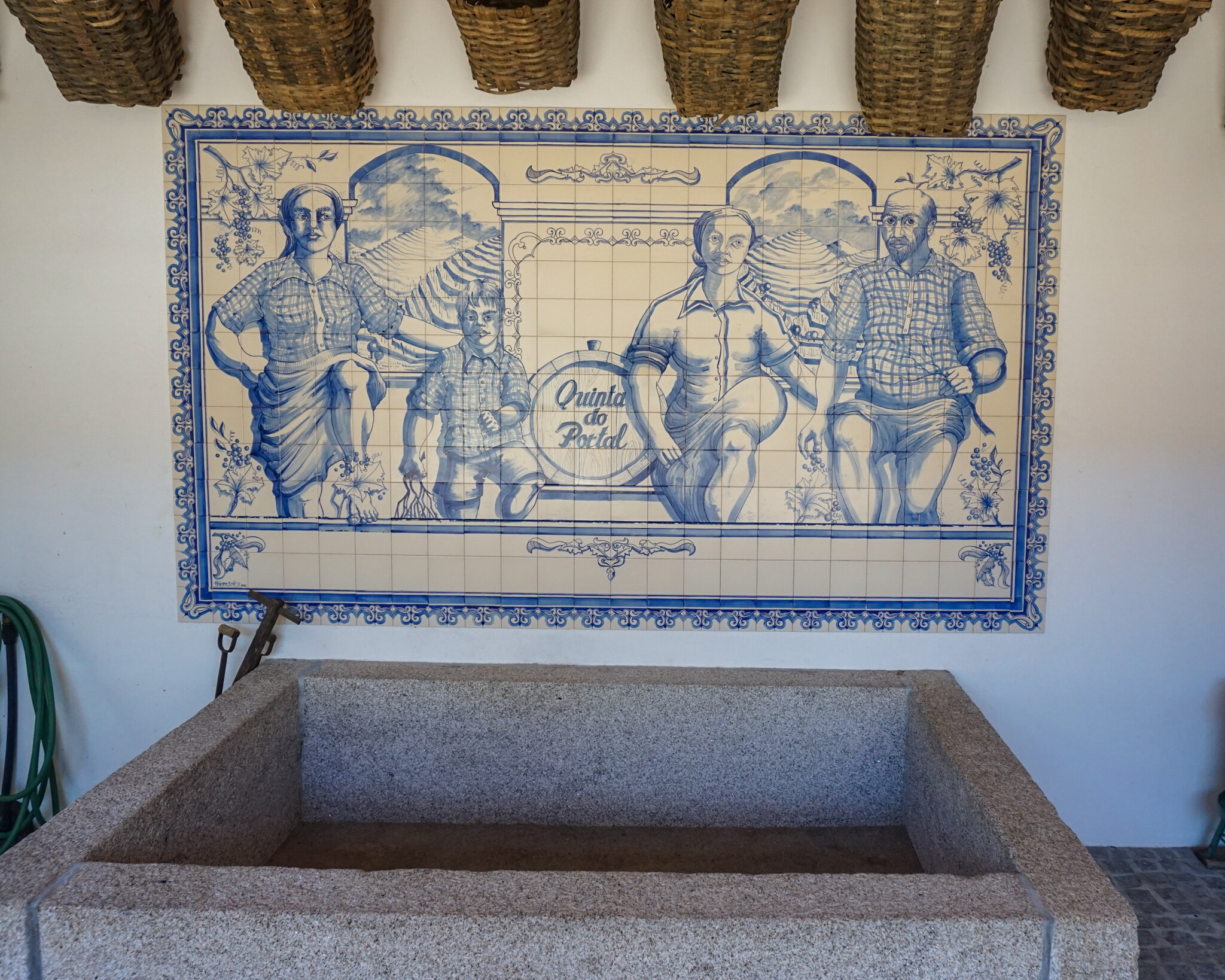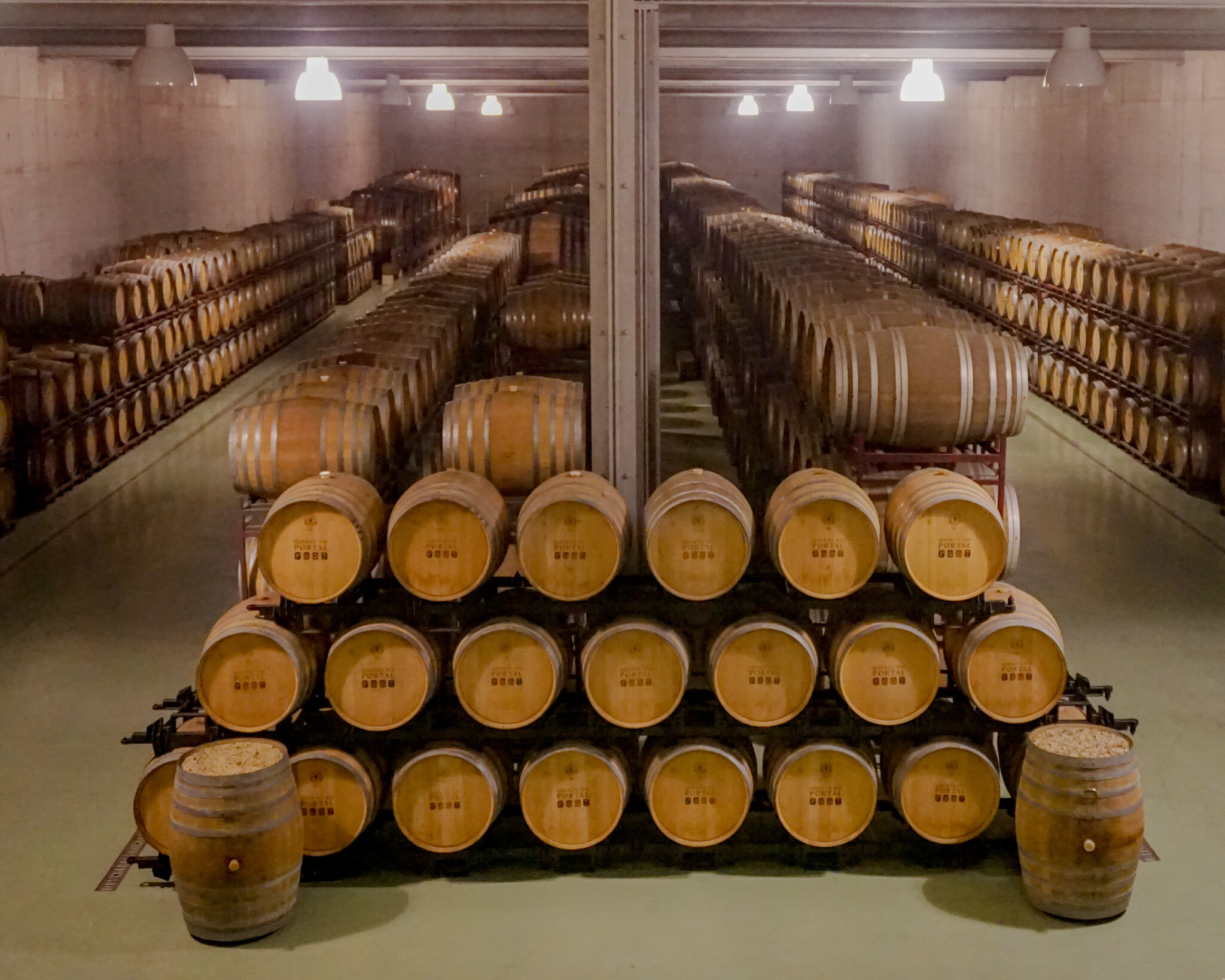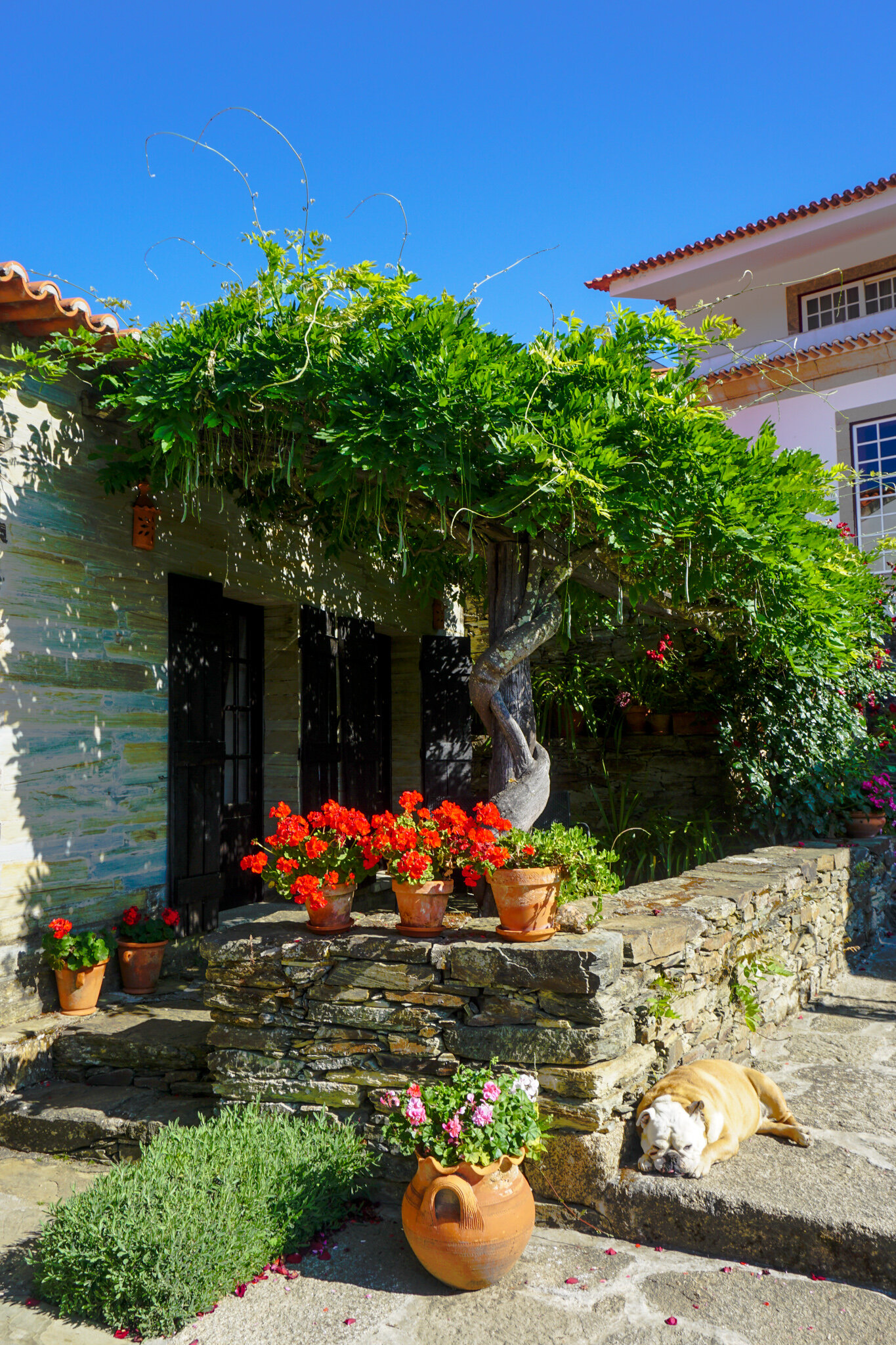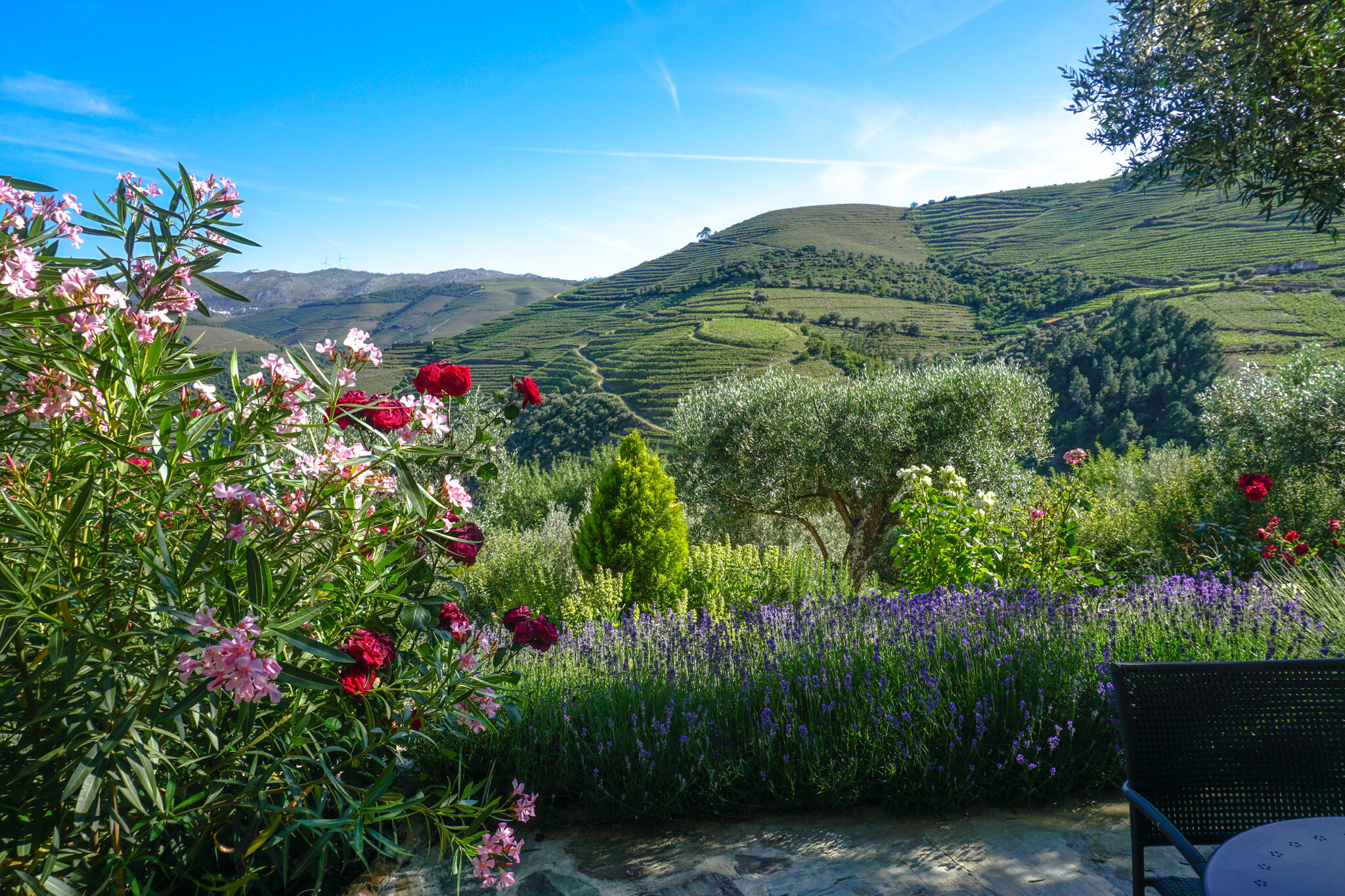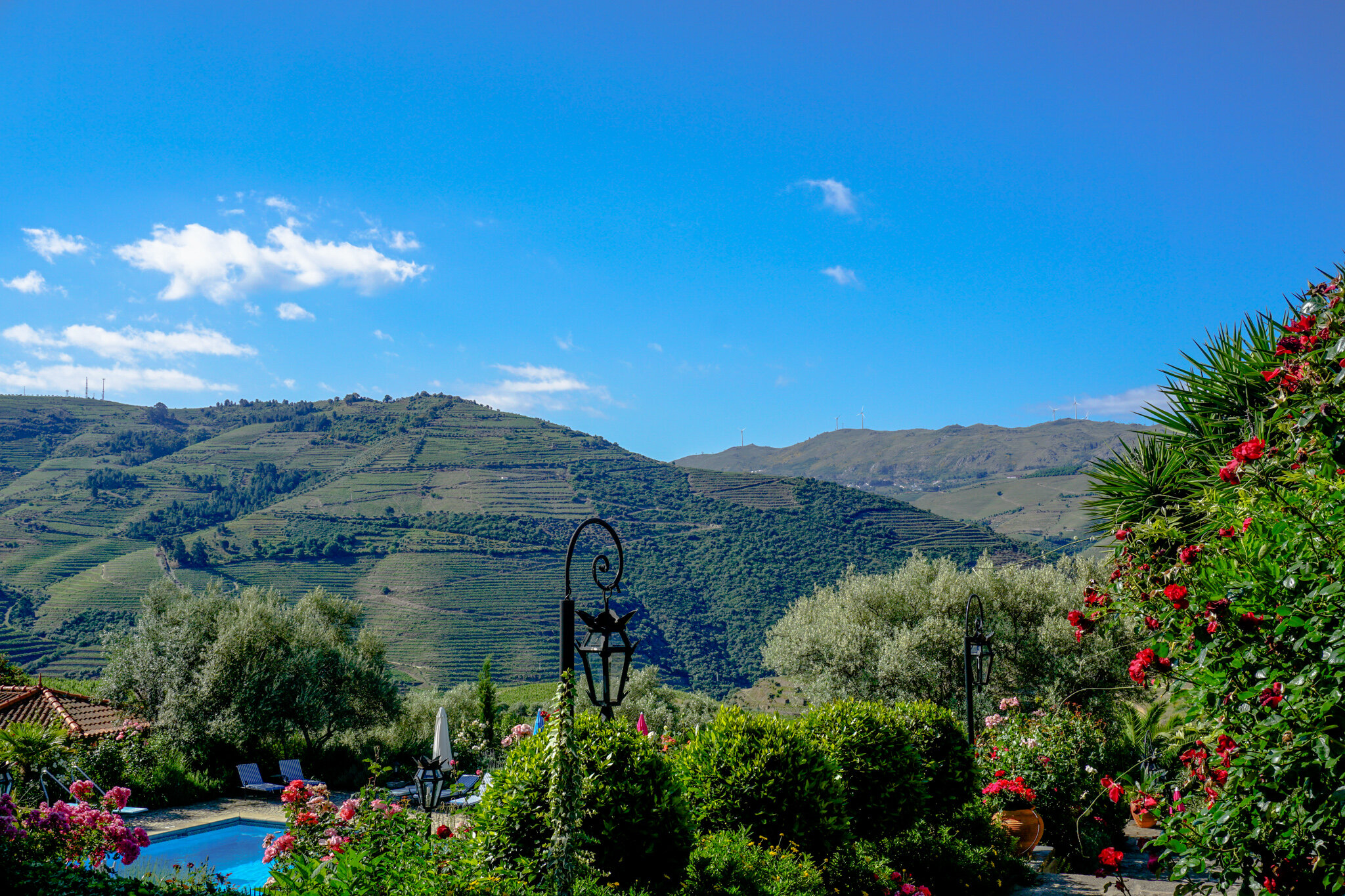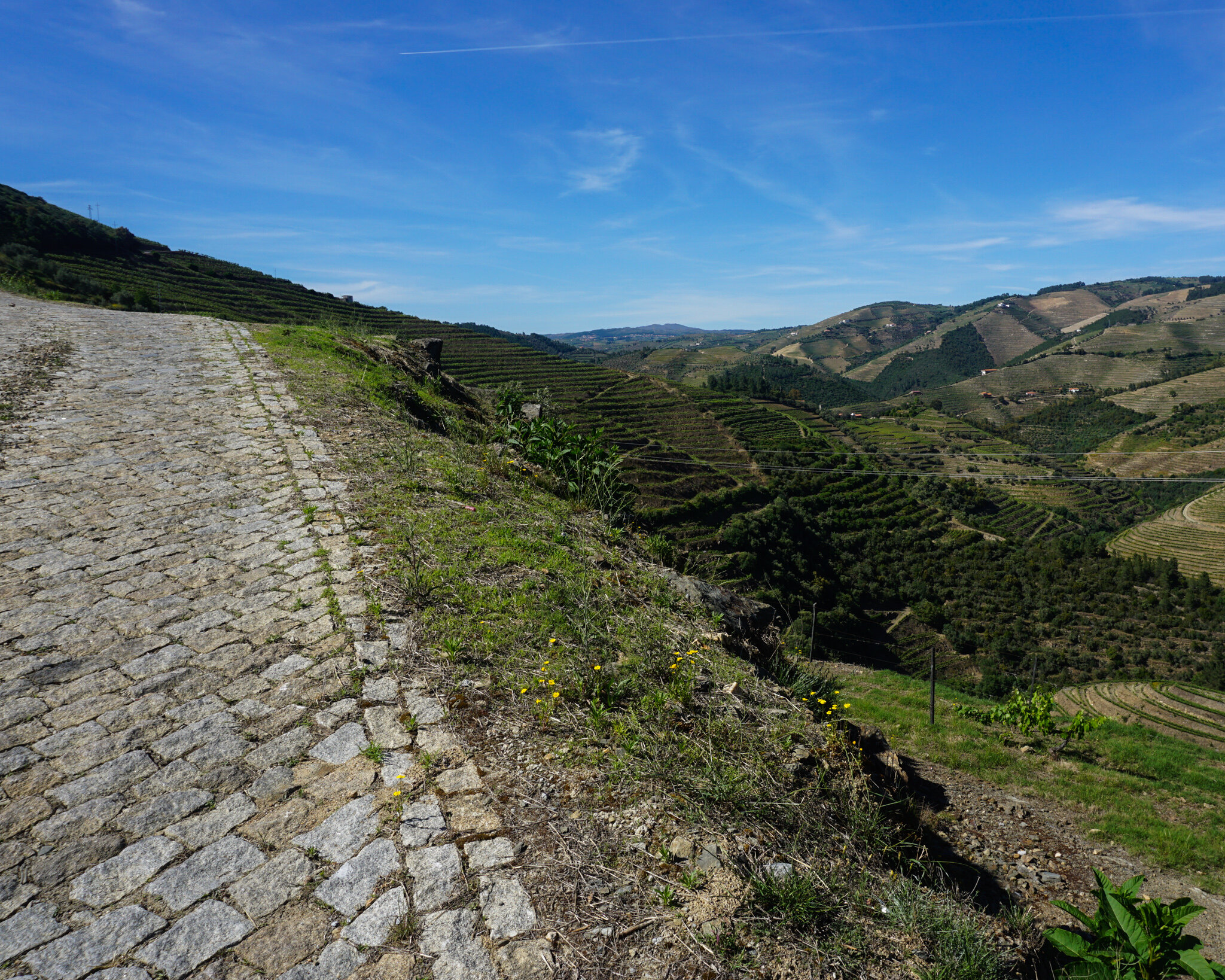Douro Valley: Wine Travel
If you are looking for gorgeous scenery, relaxation, and excellent wine, all for the most affordable prices in Europe – you should put Portugal's Douro Valley on your travel destination list. The natural beauty of this wine region is incomparable. The vistas overlooking the valley are merely breathtaking; steep, terraced vineyards cover the hillsides all the way down to the water. In fact, it's so special it was awarded UNESCO World Heritage status in 2001.
Wine is believed to be have been produced in the Douro since 2000 BC, but Port (the sweet fortified wine) really only came about in the late 1600s. Winemaking is deeply embedded in the local culture. Visiting the Douro is to truly understand how the land has shaped the livelihood of the people that live here.
THE REGION:
Between the slate-like soil, and the heat of the summers, it's the most unlikely place for growing grapes. The distinctive soil, schist, is flinty rocks like slate, which acts to moderate the temperatures of the grapes during the cold winters and the extreme heat of the summers. With bone dry summers, this results in low yields, but a high grape concentration.
With the steep landscape of the vineyards, wineries do everything by hand. A vineyard's slope can range from 30 to 60% vertical, and most are difficult to access. What was needed was the building of walls along the mountainside to hold the patches of ground, and these terraces can be seen for miles. These rock terraces (called Socalcos) are actually protected by UNESCO and cannot be converted into any other type of vineyard layout. The roots are forced down between layers of rock seeking out the limited water, while the schist absorbs and then radiates heat.
THE WINES:
Visiting the Douro without trying Port wines would be a shame. What's better than having a chilled glass of a 20-year-old tawny or a spectacular vintage Port overlooking the beautiful vineyards. Each Port vineyard is classified, A through F, according to the terrior and the vines grown. The higher the classification the more money will be paid for the grapes.
However, there is more than just Port wine to be found in the Douro Valley. A group of winemakers known as the Douro Boys came together to promote the red wines of this region. Duoro table wines used to be an afterthought, but these old-world perceptions have been transformed to create a lively and vibrant image of Portuguese wine. They winemakers represent the following wineries; Quinta do Vallado, Quinta do Crasto, Niepoort, Quinta Vale D. Maria, and Quinta do Vale Meão.
There is a real air of excitement in the "new" Douro, with this extraordinary terrain expressing itself in such different types of wine.
THE GRAPES:
The wineries in the region often have upwards of 40 different grape varietals in a single plot, sometimes a jumble of varying bush vines. This, to me, is one of the most remarkable uniqueness of the region, where they already have nature's perfect blend. There are hundreds of native grapes; many directly descend from pre-historic vine plants that developed in the country and have endured thousands of years. With the numerous varieties, maturing at different times, skill is required here, which is not necessary for other wine-producing areas.
Touriga Nacional: if ever an indigenous grape was selected to represent Portugal, this grape would be raising the flag. Some refer to this grape as the "Cabernet" of Portugal.
Touriga Franca: This grape is the most widely planted in the Douro. Following the theme, you could think of this grape as the "Cab Franc" of the region.
Tinta Roriz: This is an Iberian Peninsula grape; in Rioja, it goes by the name Tempranillo. It's also known by the name of Aragonez in the Alentejo.
ALONG THE WINE ROAD:
The central town of the wine region is the town of Pinhão. Pinhão is home to one of Portugal's most beautiful train stations, covered in blue and white azulejo tiles. You can travel by car, train, or boat from Porto, but whichever means you choose, stay for a few days. It is truly a place that will calm and relax you while appeasing all of your senses.
TO VISIT:
Wineries in this region are called Quinta's. If you are seeking authenticity and age-old wine traditions, you'll find it here. In many of these Quintas, you will still find the traditional concrete lagers in use; some still used to crush the grapes by foot.
Quinta do Crasto
If you endure the winding road to Quinta do Crasto, you will be rewarded not only with fantastic views but fabulous wines. Their bed and breakfast offers an infinity pool with jaw-dropping views, but it's their wines that take center stage. I'm often asked for best value wine recommendations, and their reds are at the top of my list.
Wine & Soul
Another standout from our visits were the wines of Wine & Soul run by a dynamic winemaking couple, Sandra Tavares da Silva and Jorge Serodio Borges. Sandra Tavares da Silva has the recognition of being the first female winemaker in the Douro. She gained her experience at Quinta do Vale D. Maria and at her family's estate of Chocapalha in Estremadura.
The winery name comes from these two winemakers coming together and putting their hearts and soul into this family project. The effort embodies the spirit of the new wave of high quality and strong individuality Douro wines. The wines showcase the character of each particular vineyard, made with minimal winemaking intervention giving way for nature and terroir to take the lead and speak for themselves. They are setting the standard for the new Douro generation; all the organically grown grapes are picked by hand, the fruit is foot-trodden in granite lagares, and are aged in French barriques. Their Pintas wine comes from their oldest vineyard of the same name with 80-year-old vines which contain a field blend of over 30 indigenous varieties.
Quinta Vale D. Maria
Quinta Vale D. Maria was created by Cristiano van Zeller and his wife. They had purchased land from her family in 1996, following van Zeller's sale of Quinta do Noval, a pioneering Douro Valley estate. He started producing wine with two women winemakers Sandra Tavares da Silva and Joana Pinhão. Today the winery is part of Aveleda, a leading Vinho Verde producer, owned by their cousins. Cristiano and his daughter Francisca focus their efforts on marketing Vale D. Maria and extending this premier brand while Joana continues as head winemaker.
Quinta de la Rosa
Quinta de la Rosa was given to Claire Feueheerd as a christening present in 1906 – well, I'd say that beats the traditional case of Port set aside for your birth year. Now the winery is run by her granddaughter Sophia Bergqvist. The atmospheric old house sits right next to the Douro river. The cellars present an ancient feel and showcase the continuation of the family with the grandchildren's names on the barrels. Quinta de la Rosa makes various red table wine as well as Port and does both very well. It has rooms for a stay, and a restaurant which we enjoyed after our wine tasting. Sitting back on the veranda overlooking the river with a glass of wine in hand was a lovely way to end the day.
Quinta do Portal
Quinta do Portal is large winery with modern architecture where the building walls are uniquely covered in cork. The winery also houses a stylish modern restaurant looking out over the vineyards. You'll be welcomed into a large tasting room with tours open to the public every day. They offer a wide range of wines from sweet to dry and light to full-bodied, something for everyone.
TO STAY:
Casa Do Visconde De Chanceleiros
A sanctuary nestled in the heart of the Douro Valley. The setting could not have been more majestic, filled with beautiful flora and authentic touches. It really allows you to slow down and take in the peacefulness. The meals on the patio morning and evening were superb. The well-fed bulldog was the owners, an eccentric German woman, who was as easy going as the atmosphere.
Six Senses Douro Valley
This opened after we visited the valley and looks like a wonderful place if you want to splurge for a special occasion. If you’re not familiar with this hotel chain, they started in Asia and have some amazing offerings.
Many of the Quintas also have guesthouses, which would be a fun way to really immerse yourself.
I hope you find the road to the Douro; an amazing place that will be sure to stay with you for years.
For all Portugal Travels
For the Alentejo Wine Region

